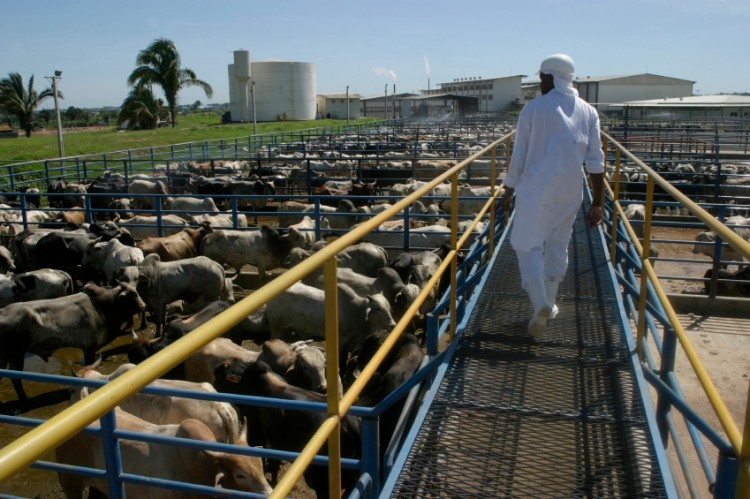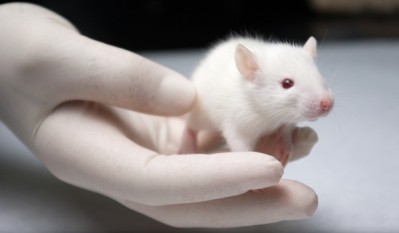EMA wants to revise BVDV testing requirements for bovine serum

The new draft guidelines - issued earlier this month – specify that testing for bovine viral diarrhoea (BVDV) should be carried out using techniques like real-time polymerase chain reaction (RT-PCR), which is used to amplify trace amounts of viral DNA present in the sample.
If the virus is detected the serum must be re-tested after any removal or inactivation steps.
The proposed testing specs also require that pharmaceutical manufacturers test for naked viral nucleic acid and – if it is present - quantify how much is in the serum they use.
Anti-BVDV antibodies must also be tested for because, according to the European Medicines Agency (EMA), they may interfere with virus detection and generate false-negative results.
“A validated test should be employed to detect such antibodies and an assessment made of their impact on the partial or complete neutralisation of any infectious BVDV virus that may be present in the serum, and of their impact on virus detection.
“An impact on virus detection may be particularly critical in the case of residual infectivity potentially remaining after inactivation treatment. The assessment should therefore take into account the estimated safety margin, virus burden before inactivation treatment vs. virus clearance by inactivation treatment.”
The new guidance - which would replace the 2003 regulations - bring testing requirements into line with those the EMA issued for veterinary drug products in 2005. The agency asked for industry feedback, calling on interested parties to share their views by December 31.
Abattoir sera
The proposed revision is prompted by the use of pooled serum from abattoirs, which often lacks information on the health status of the animals from which it is derived.
The most common type of serum used in the manufacture of a human biological medicinal product is foetal bovine serum (FBS) obtained from foetuses harvested in abattoirs, which can be a problem according to the EMA.
“In the case of serum obtained from abattoirs, it is not usually possible to demonstrate freedom from diseases such as bovine viral diarrhoea.
"Only if the supplier can certify that all of the source animals originate from farms, which are part of a regional or national control programme for the disease concerned and that there is active surveillance for the presence of the disease, can such a claim be made when supported by appropriate testing of the serum itself.










